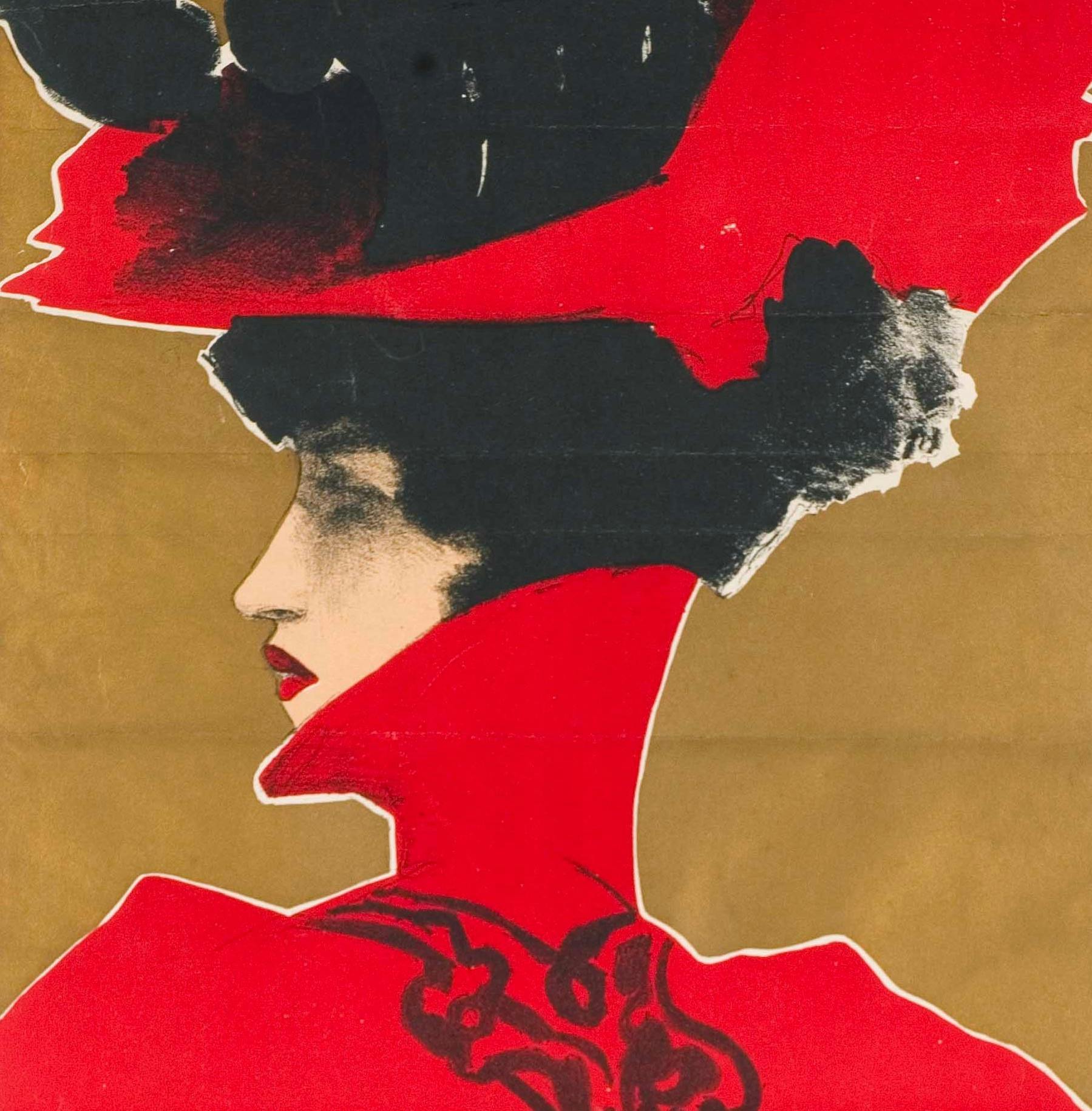Lors de l'exposition de Éric Luc MAQUET, Envol onirique, du 29/03 au 4/05 à la
galerie Marc Minjauw à Bruxelles, le week-end du 20 et du 21 avril, Éric Luc
MAQUET sera présent à la galerie les deux jours de 15H à 18H pour rencontrer les
visiteurs et les collectionneurs et partager avec eux, le verre de l’amitié.
Chaque visiteur recevra le catalogue édité pour l'exposition.
The Art Nouveau Woman: From Muse to Femme Fatale
25mei 2023
-26juni 2023
Prague House
Prague House, Avenue Palmersonlaan 16, Bruxelles, Région de Bruxelles-Capitale 1000, Belgique
Gratuit
Description
Woman, the female body, has traditionally been a compelling and attractive subject for art, where she appears as a goddess or muse, or as the personification of events, situations, virtues or vices. While Rococo art had celebrated some aspects of the physicality and eroticism of the female body, it was not until the turn of the 19th and 20th centuries that art fully appreciated woman in all her different likenesses and roles, and for her physical and mental qualities too. Art Nouveau, the international decorative style of the time, looked to nature and natural forms, and its ornamental and decorative repertoire made extensive use of the female figure, dramatically revising traditional forms. Alongside the opulent and sensuous botanical elements that introduced dynamism and organic forms in architecture, arts and crafts, and manufacturing, there was also woman, with her softly modelled body, or at least her face and stylised tresses of hair. This adoration of nature and femininity was conspicuous in all forms of visual art and literature, a product of the fundamental and complex changes that society was undergoing in the late 19th century. These changes were accompanied by a reappraisal of values and a challenging of traditional hierarchical structures, together with wide-ranging emancipatory processes that would also greatly influence women’s status in society. An appetite for everything new, and the abandoning of the old certainties, brought innovation in all branches of industry, science and culture, but also an anxiety over the perils of the modern world. Artists responded by turning to nature, fascinated by its forms, its vitality and volatility as something elemental and unfathomable. For them it was a source not just of inspiration, but also of the authenticity and continuity guaranteed by the natural order. And these qualities were personified by woman, who artists depicted in her authenticity, corporeality and sensuality, or alternatively as a melancholy, dreamy and innocent maiden, a new muse for this new generation. The repertoire of femininity also encompassed the no less attractive femme fatale, seductive and dangerous, with Salome as her traditional archetype. Now, as emancipation gained ground, she represented woman’s new role in society. The alluring changeability of woman, simultaneously muse, fairy and femme fatale, is revealed in Alphonse Mucha’s photographs of his models, captured in various poses and settings in his studio in Paris. Mucha based his own compositions on these photographs, and through his albums Figures décoratives and Documents décoratifs they also influenced many other artists, and manufacturers too. Although Mucha was neither the first nor the only artist to depict women in this way, his work perfectly encapsulated the time.
Information sur la date
2023-05-25: 10:00:00 - 16:00:00
2023-05-26: 10:00:00 - 16:00:00
2023-05-29: 10:00:00 - 16:00:00
2023-05-30: 10:00:00 - 16:00:00
2023-05-31: 10:00:00 - 16:00:00
2023-06-01: 10:00:00 - 16:00:00
2023-06-02: 10:00:00 - 16:00:00
2023-06-05: 10:00:00 - 16:00:00
2023-06-06: 10:00:00 - 16:00:00
2023-06-07: 10:00:00 - 16:00:00
2023-06-08: 10:00:00 - 16:00:00
2023-06-09: 10:00:00 - 16:00:00
2023-06-10: 10:00:00 - 17:00:00
2023-06-11: 10:00:00 - 17:00:00
2023-06-12: 10:00:00 - 16:00:00
2023-06-14: 10:00:00 - 16:00:00
2023-06-15: 10:00:00 - 16:00:00
2023-06-16: 10:00:00 - 16:00:00
2023-06-19: 10:00:00 - 16:00:00
2023-06-21: 10:00:00 - 16:00:00
2023-06-22: 10:00:00 - 16:00:00
2023-06-23: 10:00:00 - 16:00:00
2023-06-26: 10:00:00 - 12:00:00
Billets
Gratuit
Info & Réservation
Lieu
Organisateur
Vous organisez cet événement ?
Contactez-nous si vous souhaitez mettre à jour les informations et autres.
Nous contacter